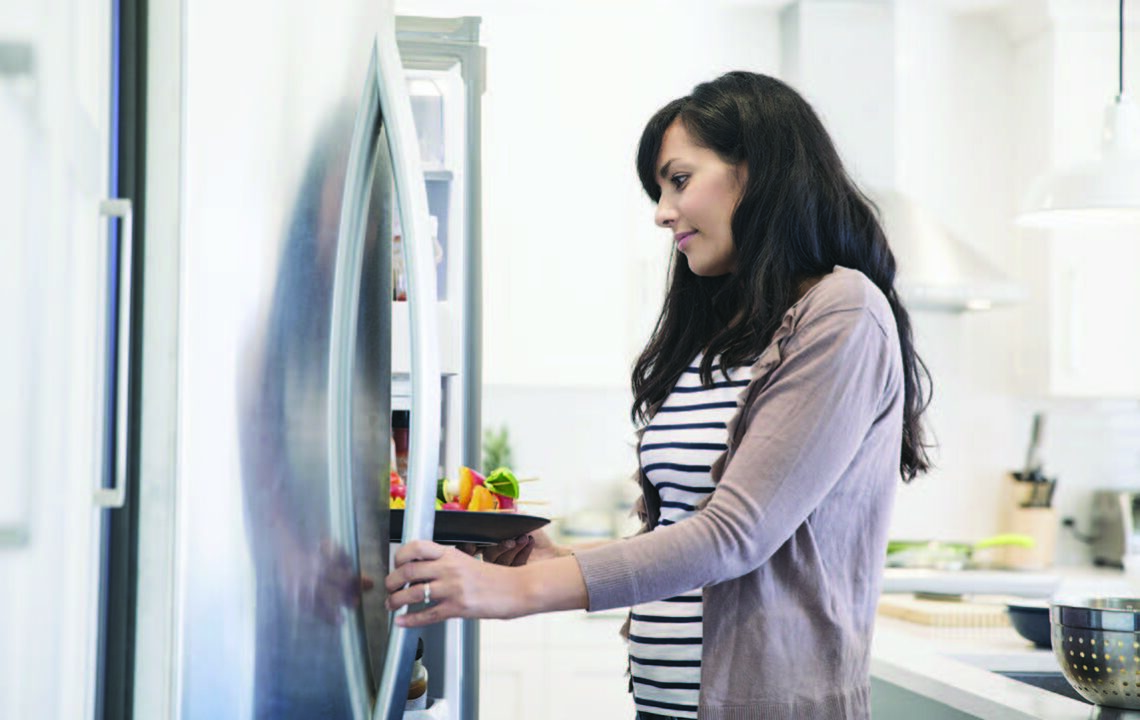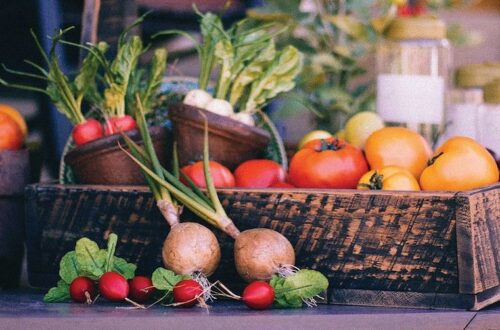How to Use What You Already Have
As someone who wastes an extraordinary amount of food, The Earth Day celebration during a pandemic and economic uncertainty has me changing my ways. No more pretending “cleaning out the fridge” every two weeks doesn’t impact others and the natural world we share.
My love of food and the joy of cooking leads me to make frequent complicated meals while living alone. My raccoon-like interest in the next shiny thing kept leftovers I’d already eaten a few times in the back of the fridge. Even if I did want some of that marvelous vegetable lasagne, I wasn’t sure if it was safe to eat, so I wouldn’t. Since there was no sign it was bad, I couldn’t throw it away. Years of struggling with Schroedinger’s leftovers resulted in a refrigerator packed with icky food and money down the drain.
It took a global pandemic and widespread hunger for me to reckon with my wild ways. The many articles I read about reducing food waste focused on buying and storage, and mostly for families. I found few solutions for the single person in an urban center actually using what they bought.
This Earth Day, the realities of the new distribution, sale, and delivery of food have many of us looking to turn an eco-friendly leaf and I have much to share from my conversion. Beyond adopting the tried and true, such as first in-first out of the fridge and putting all new food to the back, I’ve invited friends to share their innovative ideas.
After throwing away some favorite foods forgotten behind stacked juices and jellies, a friend suggested keeping a list of leftovers on the fridge door. Within the first week of doing this, I saved time and money eating what I had. If you are better organized than me, keeping a list of what’s in the freezer and when each item was frozen could help things get used before they are past their prime.
During the 1990’s Famine in North Korea, resourceful women (kitchens belong to women in NK) invented a new dish made from the pan scrapings that normally went in the garbage. It became a favored dish by defectors living in South Korea because it reminded them of having something in their stomachs during the hardest of times. It is now a popular dish in some restaurants in the South.
Their ingenuity led me to consider the food we have long thought of as garbage. A cooking show on OPB featured a host cooking with a banana. The whole banana. The peel was chopped and made into a pulled pork-type sandwich after the inner flesh had been scraped off for fertilizer. I was so amazed I forgot what he did with the part of the fruit Americans eat.
Dry
After years of throwing away excess fresh herbs, I finally started drying them. Hanging them upside down is best, but when I’m in a hurry, I lay them out on clean newspaper.
Sweet and hot peppers can be dried in a food dehydrator for later use. Grinding to a powder in a coffee grinder would allow some to be used as a seasoning.
Dried apples make a great portable snack and will last much longer than the ones patiently waiting in the fruit bowl. Also, homeless people who live outside benefit most from food that can last for long periods of time. If you share snacks or meals with people sleeping on the sidewalk, consider drying a few apples for the days when little else is available, typically Sunday in Portland.
Freeze
Consider freezing some of the tortillas, naan, and other bread as soon as you open them. Yes, I occasionally froze part of a loaf of Dave’s Killer Bread, but never thought to put a few slices of banana, zucchini, or pumpkin bread in the freezer for later. And those 8 packs of tortillas for one person, no more looking the other way while I toss the last two into the garbage.
Lemons last 2-3 weeks longer in the fridge and freeze well, too. In fact, they are easier to zest when frozen.
Make Something
Bits of leftover fruit can be used to make liqueurs like those of the brand Schnapps. An apple and a handful of berries can be set aside with equal parts vodka and sugar to flavor many cocktails -or white wine as the French do. Jicama, raspberry, lychee, and strawberry are especially good. Many recipes use less sugar, so I suggest people find one they like. After straining the liqueurs, consider keeping the berries to sweeten smoothies and breakfast cereal.
Meal planning with surplus ingredients in mind can stretch your budget while reducing the packaging more food creates. When making pumpkin bread, for instance, I use the extra squash in the can in burritos, enchiladas, or soup.
Unused garbanzo beans can be added to homemade or canned soup as well as salads and casseroles.
The banana cream pie requiring only egg yolks leaves whites which can be used in a scramble, quiche, or another dish.
Fertilizer
Coffee grounds: Best for acid-loving plants despite the neutralization from brewing.
Banana peels: Scrape the inside of the peel with a butter knife and bury just under the dirt of indoor plants.
Eggshells: After breaking eggs for cooking, put shells in a cup of water on the sink. Compost the shells after watering with what’s left in the cup. Eggshells can also be buried in the soil.
According to the National Resources Defense Council, the average American family of four tosses 1,160 pounds of food each year, 162 billion annually in the US alone.
If 1000 of us kept 10 pounds of food out of the landfill each month, we would have more money and reduce climate-changing methane releases through the 120,000 lbs kept from the landfill. We would reduce packaging to boot! The growing population depends on more land to feed more people, causing us to further encroach on crucial ecosystems. Given the uncertainty of the future economy and the vice grip, we hold on the environment, eating more of our food requires a minor inconvenience.
The satisfaction of reducing your footprint will taste almost as good as the treats you can buy with the money saved. Reduce, Reuse, and Recycle can be a great approach to food as well as other lifestyle choices.
- Reducing by buying less.
- Reusing by finding uses for things normally discarded.
- Recycling by turning scraps into food and beverages or by composting.
What we do in our smaller urban homes has a bigger effect on our entire communities than we often realize. Among the current movements giving me hope is the increasing commitment of Portlanders to address our chronic food waste issues.
Additional Resources
Food Waste as a Classic Problem that Calls for Interdisciplinary Solutions bit.ly/3amrSIV
Consumers’ Perspective on Circular Economy Strategy for Reducing Food Waste bit.ly/2YwHcNw
Addressing Food Waste Reduction in Denmark bit.ly/3j8ExmT
Lisa Kendall is a reader, writer, and sometimes biodiversity rights advocate. She once owned and operated a local eco-friendly gift shop and served as a volunteer nature education teacher and forest guide for over a decade. She also works for better public policy for those harmed by coercive groups commonly known as cults. Living in Portland with her feline directors of operations provides the inspiration for many of her projects.






